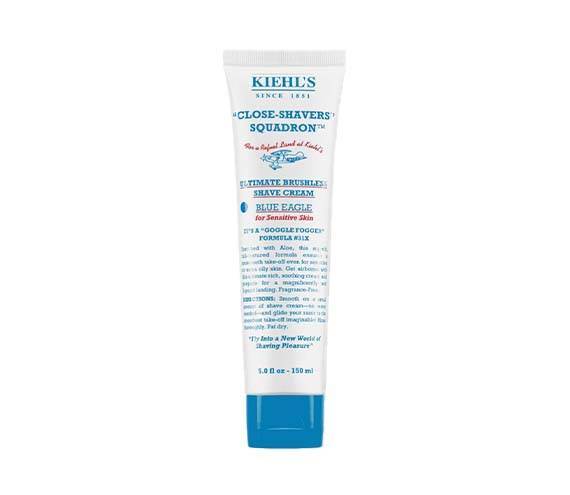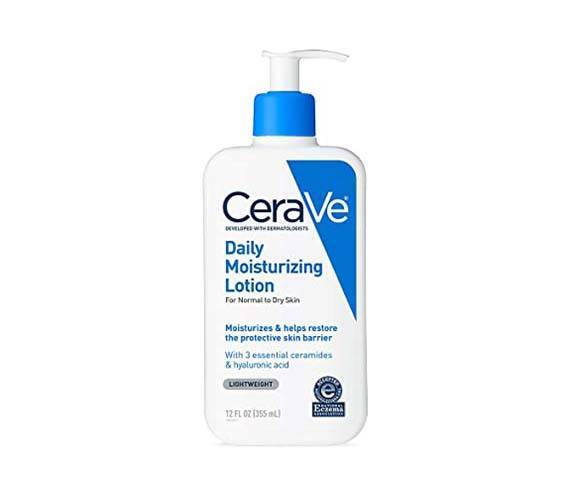The Subtle Yet Important Difference Between Razor Burns and Bumps, Plus How to Avoid Them
February 07, 2022Razor burn and bumps are two of the most frustrating body-care concerns. To prevent and treat them, it’s key to first understand the difference between the two, and then follow the right pre- and post-shave routines with the right products.
We spoke with Dr. Rachel Nazarian and Dr. Jeremy Fenton of Schweiger Dermatology Group, board-certified dermatologists and Skincare.com consultants, about their best advice on avoiding razor burn and bumps when shaving, plus what to do if you’re already dealing with them.
What’s the Difference Between Razor Burn and Razor Bumps?
According to Dr. Fenton, razor burn is a skin irritation caused by shaving. “Shaving can be irritating because we are taking a sharp blade and dragging it across the skin,” he says. “It isn’t dangerous, but it can create longstanding and chronic skin conditions.” Depending on skin type, some people are more prone to these issues than others. “Those with eczema, very dry skin or very thin skin are more likely to suffer from this condition.”
As far as bumps, Dr. Fenton notes that if you have naturally curly hair, you can develop ingrown hairs or pseudofolliculitis barbae — a condition where the hair grows back into the skin. “These can cause numerous red bumps on the skin,” he says.
How to Avoid Razor Burn
Don’t Use Dull Blades
Razor burn stems from a few causes, says Dr. Nazarian, and the first, most common reason comes down to the blade you’re using. “Dull blades can tug on hair, while sharp blades glide easily and offer a closer shave.” Because blades tend to dull after each use, you’ll want to toss them out by your fourth shave, or even earlier if you’re beginning to see dirt, hair or dead skin buildup. “Dull blades will irritate sensitive skin — try to keep a separate, clean razor just for the delicate bikini line, and keep it in a dry place when you’re done.” For a close shave, try Billie Razors or the Flamingo Razor, both of which come with blade refills.
Prep the Skin Pre-Shave
Before you even pick up your razor, you want to prep the skin well. “Prep the skin by hydrating and softening the hair, and shave in the shower after the skin and hair has had a chance to soften from the warm water and steam,” says Dr. Fenton. As for what to shave with? Look for a hydrating shave gel or foam like the Kiehl’s Ultimate Brushless Shave Cream, Oui the People Shave Gel to Milk or the Delicate Shaving Gel by Skin Regimen. “Using a shave gel or foam is important because it helps the hairs stand up and allow the blade to cut them,” he adds.

Count Your Days and Blades
Both Dr. Nazarian and Dr. Fenton agree that when it comes to the number of blades on your razor head, more does not necessarily mean better. “Multiple blades can be too harsh on sensitive skin, and two blades are just enough,” Dr. Nazarian notes. Additionally, it’s important to shave every other day, instead of every day. “Try reducing the number of days you shave per week to give your skin a chance to rest,” says Dr. Fenton.
Moisturize Post-Shave
After you shave, be sure to moisturize with a nourishing formula like the CeraVe Daily Moisturizing Lotion to replenish hydration and help prevent irritation.

How to Avoid Razor Bumps
Exfoliate Before You Shave
If you’re prone to bumps, Dr. Fenton suggests exfoliating pre-shave, which will make it easier for the hairs to break through the surface of the skin. Try the Fur Silk Scrub.
Try an Electric Razor
Another way to help avoid razor bumps is by using an electric razor because they generally don’t get quite as close to the skin. “An overly close shave can cause bumps as well,” says Dr. Fenton. The Flawless Nu Razor can help get the job done efficiently and safely.
What to Do if You Already Have Razor Burn or Bumps
If you have razor burn, Dr. Nazarian recommends letting the skin heal as best you can. “Don’t pick at the skin or apply alcohol-based topicals because this can increase inflammation and your risk of infection and scarring. It’s important to allow the skin to heal and avoid shaving over the area for several days.” You can also apply over-the-counter hydrocortisone cream to soothe the skin or visit your dermatologist for a prescription topical.
If you have razor bumps or ingrown hairs, gently exfoliate and smooth the area with the Bliss Bump Attendant Ingrown Eliminating Pads or the Momotaro Apotheca Tonic.
Photo: Chaunte Vaughn
Read More:
Derm DMs: Should I Change My Hair Removal Routine in the Winter
How to Prevent Pimples After Shaving in 5 Easy Steps
How to Soothe Irritation After Waxing — And Prevent It From Happening Again


